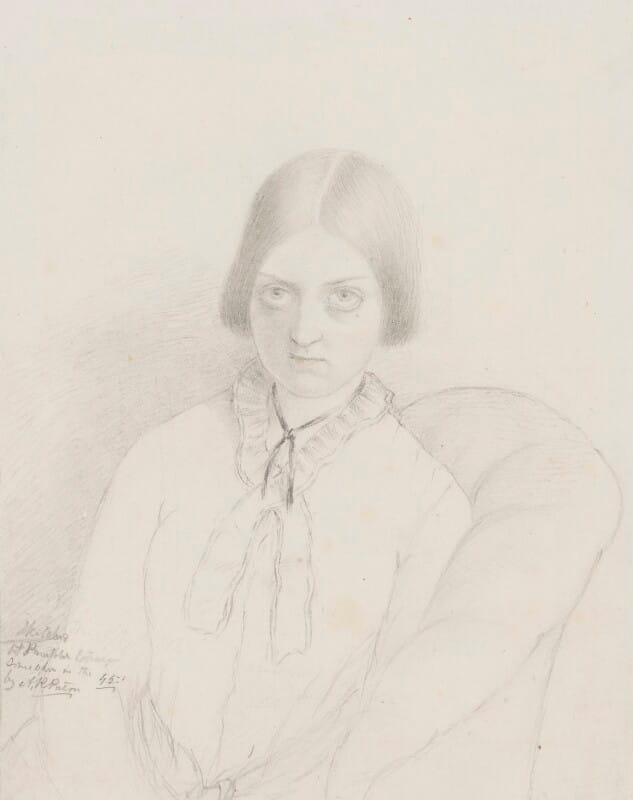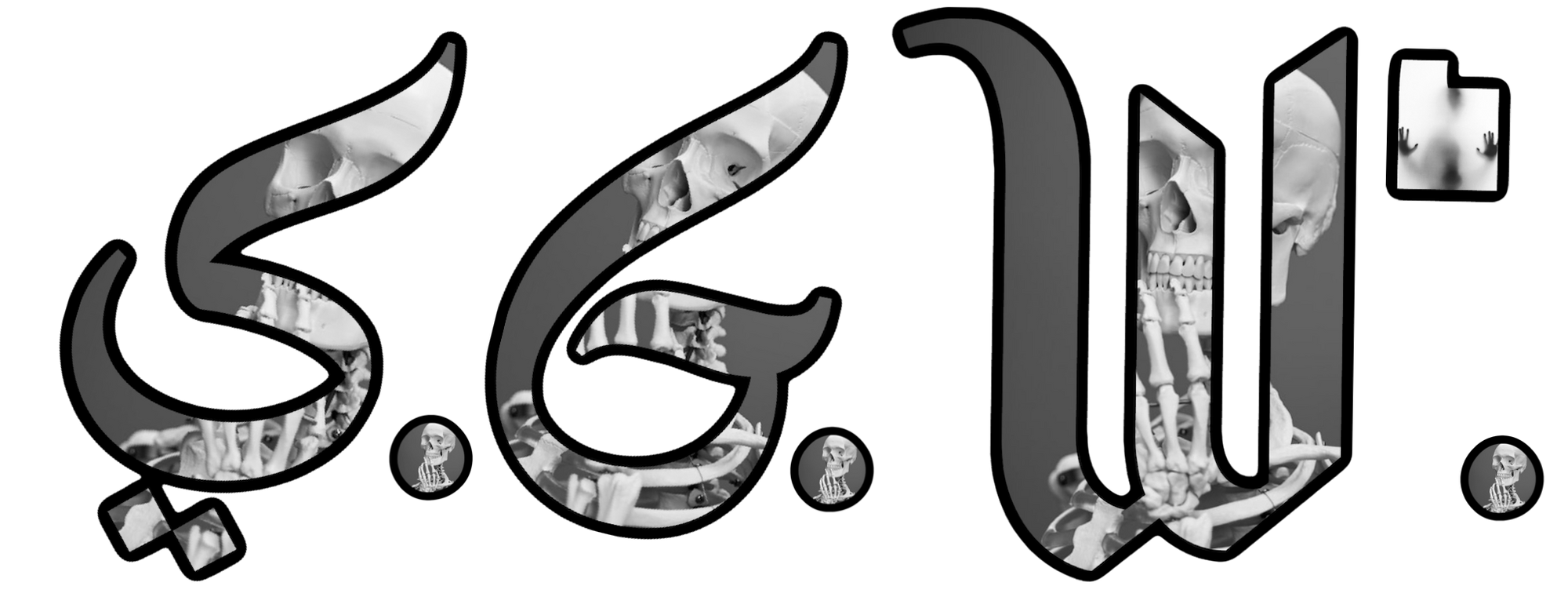On today’s philosophical quotes from Dinah Craik

Quote № 01:
“It is not the smallest use to try to make people good, unless you try at the same time — and they feel that you are trying — to make them happy. And you rarely can make another happy, unless you are happy yourself.”
— Dinah Craik, “A Woman's Thoughts About Women”
Quote № 02:
“When faith and hope fail, as they do sometimes, we must try charity, which is love in action. We must speculate no more on our duty, but simply do it. When we have done it, however blindly, perhaps Heaven will show us why.”
— Dinah Craik, “Christian's Mistake”
Quote № 03:
“It seemed as if she had given these treasures and left him alone — to use them or lose them, apply them or misapply them, according to his own choice. That is all we can do with children, when they grow into big children, old enough to distinguish between right and wrong, and too old to be forced to do either.”
— Dinah Craik, “The Little Lame Prince and his Travelling Cloak”
Quote № 04:
“Those who do the most, often talk — sometimes think — the least: yet thinkers, talkers, and doers, being in earnest, achieve their appointed end. The thinkers put wisdom into the mouth of the speakers, and both strive together to animate and counsel the doers. Thus all work harmoniously together.”
— Dinah Craik, “A Woman's Thoughts About Women”
Quote № 05:
“There is no sorrow under heaven which is, or ought to be, endless. To believe or to make it so, is an insult to Heaven itself.”
— Dinah Craik, “A Woman's Thoughts About Women”
Question № 01:
Can we ever truly have original thoughts, or are all our ideas influenced by external sources and experiences?
Question № 02:
Is it possible for children to possess wisdom beyond their years, or is wisdom inherently tied to life experience?
Question № 03:
Is sorrow a necessary counterpart to joy, or could a world without sorrow still be meaningful?
Considering liminal spaces, and the quotes, compost a short ESSAY (intro, thesis, commentary, and thought provoking conclusion) on the nature of original thought in relation to ai creations and new generative arts and science advancements changing the state of the art:
The concept of original thought has long been a subject of philosophical debate, and in the age of artificial intelligence and generative arts, this question takes on new dimensions. As we stand in the liminal space between human creativity and machine-generated content, we must reconsider what constitutes originality and how it relates to the advancement of arts and sciences.
Dinah Craik's assertion that "Those who do the most, often talk — sometimes think — the least" (Quote № 04) challenges our notion of the relationship between thought and action. In the context of AI and generative arts, we might ask: Can a machine that processes vast amounts of data without conventional "thinking" produce truly original work? This leads us to consider whether originality lies in the process of creation or in the uniqueness of the output.
The nature of influence and experience, as alluded to in Craik's observation about children growing and making choices (Quote № 03), is particularly relevant when we consider AI's "upbringing." AI systems are trained on existing data, much like how children learn from their environment. However, the way AI combines and extrapolates from this information can lead to outputs that appear novel, even if they are fundamentally based on pre-existing knowledge.
In the realm of scientific advancements, we often see a convergence of ideas from various fields, leading to breakthroughs that seem original but are, in fact, novel combinations of existing concepts. This echoes Craik's sentiment about thinkers, talkers, and doers working harmoniously together (Quote № 04). In this light, perhaps true originality lies not in isolated genius but in the unique synthesis of collective knowledge.
The emotional aspect of creativity, touched upon in Craik's linking of goodness and happiness (Quote № 01), raises intriguing questions about AI-generated art. Can a machine, devoid of emotions, create art that resonates on a deep emotional level with humans? Or does the human interpretation of AI-generated work imbue it with emotional significance?
As we navigate this new frontier, we must also consider the ethical implications of AI-generated content. Craik's call to "do our duty" when faith and hope fail (Quote № 02) reminds us of our responsibility to guide the development of AI and generative technologies in a way that benefits humanity.
In conclusion, the nature of original thought in the age of AI and generative arts is not a binary question of human versus machine creativity. Instead, it exists in a liminal space where the boundaries between creator and tool, original and derivative, are increasingly blurred. As we continue to push the boundaries of what's possible with technology, we must remain mindful of Craik's wisdom that "There is no sorrow under heaven which is, or ought to be, endless" (Quote № 05). In embracing the potential of AI while acknowledging its limitations, we open ourselves to new forms of creativity and understanding that may transcend our current conceptions of originality.
: The Future of Creativity Through a Freudian Lens
In the rapidly evolving landscape of artificial intelligence and generative arts, the concept of creativity takes on new dimensions that Sigmund Freud, the father of psychoanalysis, might find both fascinating and perplexing. Freud's structural model of the psyche – the id, ego, and superego – provides an intriguing framework through which we can analyze the future of creativity in the age of AI.
The id, representing our instinctual drives and unconscious desires, might be likened to the raw data and algorithms that form the foundation of AI systems. Just as the id operates on the pleasure principle, seeking immediate gratification, AI in its most basic form seeks to optimize outcomes based on its programming, without regard for external realities or moral constraints.
The ego, which mediates between the id and the external world, could be compared to the more sophisticated AI models that can adapt to context and produce outputs that are not just instinctual responses but considered creations. This "AI ego" attempts to balance the raw creative impulse with the demands of reality, much like human artists do.
The superego, embodying societal norms and moral standards, presents a unique challenge in AI creativity. As Dinah Craik suggests in Quote № 02, "When faith and hope fail, as they do sometimes, we must try charity, which is love in action." In the context of AI, this raises the question: How do we imbue AI systems with a sense of ethics and social responsibility in their creative outputs?
Freud's concept of the unconscious mind, a reservoir of thoughts, memories, and desires that are outside of our conscious awareness, finds an interesting parallel in the hidden layers of neural networks. These layers process information in ways that are not immediately apparent, sometimes leading to outputs that seem to possess a level of creativity or insight that surpasses explicit programming.
The Oedipus complex, a cornerstone of Freudian theory, might be reinterpreted in the context of AI as the tension between human creators and their AI "offspring." As AI systems become more sophisticated, there may be a subconscious desire among human artists to suppress or control these creations, fearing that they might surpass their creators.
Freud's theory of sublimation, where socially unacceptable impulses are redirected into socially acceptable behaviors, could be seen in how we channel AI's capabilities. We may use AI to explore creative territories that are challenging or taboo for human artists, sublimating our collective unconscious desires through machine-generated art.
As we look to the future, the integration of AI in the creative process promises to reshape our understanding of originality, authorship, and the very nature of art itself. However, as Craik reminds us in Quote № 05, "There is no sorrow under heaven which is, or ought to be, endless." This suggests that while the transition may be challenging, it also offers unprecedented opportunities for growth and new forms of expression.
Predictive Future Art State: Bullet Points on Creativity's Evolution
- Hybrid Creativity: A symbiosis between human intuition and AI processing power, leading to previously unimaginable art forms.
- Emotional AI: Development of AI systems that can simulate or stimulate emotional responses, creating art that resonates on a deeper level with human audiences.
- Unconscious Exploration: AI tools that tap into and visualize the human unconscious, providing new insights into the psyche through art.
- Ethical Creativity Frameworks: Implementation of robust ethical guidelines for AI-generated content, addressing concerns of bias, appropriation, and moral implications.
- Neuroplasticity-Enhancing Art: AI-human collaborative art that actively promotes brain plasticity and cognitive development in viewers.
- quantum Creativity: Integration of quantum computing in AI art generation, introducing true randomness and unpredictability in creative processes.
- Cross-Modal Synthesis: AI systems that seamlessly blend different sensory experiences, creating multi-dimensional artworks that engage all senses simultaneously.
- Collective Unconscious Mapping: Large-scale AI projects that attempt to visualize Jung's concept of the collective unconscious through aggregated data and creative outputs.
- Adaptive Personal Art: AI-generated art that evolves with the viewer's moods, preferences, and life experiences, creating a perpetually changing personal art experience.
- Meta-Creativity: AI systems that can innovate new creative processes and art forms autonomously, potentially revolutionizing the very definition of art.
In conclusion, the future of creativity in the age of AI presents a complex landscape where the boundaries between human and machine, conscious and unconscious, creator and creation become increasingly blurred. As we navigate this new terrain, we must remain mindful of both the tremendous potential and the profound ethical considerations that come with these advancements. The essential meaning of creativity may evolve, but its fundamental role in expressing the human experience – even when mediated through artificial intelligence – remains as vital as ever.

Member discussion